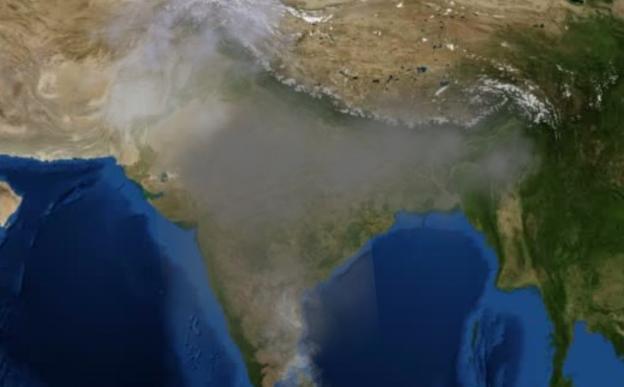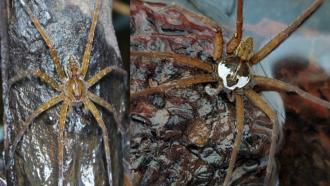![Tetrastemma freyae [Image credits: Mohandhas S Vignesh] Researchers discover a new species of ribbon worm from Chennai’s Kovalam beach](/sites/researchmatters/files/styles/large_800w_scale/public/kovalambeachworm9jul.jpg?itok=llfFVqq_)
Tetrastemma freyae [Image credits: Mohandhas S Vignesh]
The Kovalam beach on the outskirts of the Chennai is a quaint fishing village with historical significance. Once a port town, it was conquered by the British and the French when they set foot in India. The bustling fishing village now draws visitors who want to spend an evening watching the waves dance. Despite the many footfalls, it could also be thriving with biodiversity, as researchers have discovered a new species of ribbon worm in the rocky beach of Kovalam.
In a recent collaborative study, researchers at the Sathyabama Institute of Science and Technology (SIST), Chennai, Russian Academy of Sciences, Russia and the National Museum of Natural History, Smithsonian Institution, USA, have unearthed a new species of nemertean worm and have named it Tetrastemma freyae. The study was published in the journal Zootaxa.
Nemertean worms, also called ribbon worms, are marine animals that live in crevices, sediments or hold on to algae or other sedentary animals in the sea. They feed on annelids (ringed worms), clams and other crustaceans and serve as recyclers of nutrients in the ocean.
“Nemertean worms under the genus Tetrastemma comprises more than 110 species in the world. However, its diversity is poorly recorded in India,” says Mr. Vignesh, an author of the study from SIST.
Interestingly, the new worm species was simultaneously discovered from the Oahu island of Hawaii, USA, and Chennai in India.
“It took almost two years of extensive fieldwork and microscopic examination of different species and specimens collected along the coast of Tamil Nadu,” says Ms Ruchi P Jain. She is a research scholar from IIT Madras, who was also involved in the study.
Individuals of the new species Tetrastemma freyae are pale-yellow with black pigment on their head and a rounded tail. They are about 2-5 cm long with a diamond-shaped head. The researchers identified the new species based on its internal and external morphology and DNA analysis. The species has been named after Ms Freya Goetz of the National Museum of Natural History (NMNH), Smithsonian Institution, USA, in honour of her field and laboratory work.
“The genus Tetrastemma is a complex species group. According to our data, tropical seas are inhabited by many nemertean species that remain to be discovered,” says Dr Alexei Chernyshev. He is a Professor at the Russian Academy of Sciences and the lead author of the study.“Intense fieldwork is needed to document the nemertean biodiversity in the Indian coastal waters,” adds Dr Rajaian P. Rajesh from SIST.
With the advances in DNA-based taxonomy, the researchers hope to discover many more complex species of nemertean worms in the future .
“In our study, we have also standardized the identification characters and DNA markers for nemerteans for future studies,” signs off Dr Sanjeevi Prakash from SIST.
This article has been run past the researchers, whose work is covered, to ensure accuracy.






